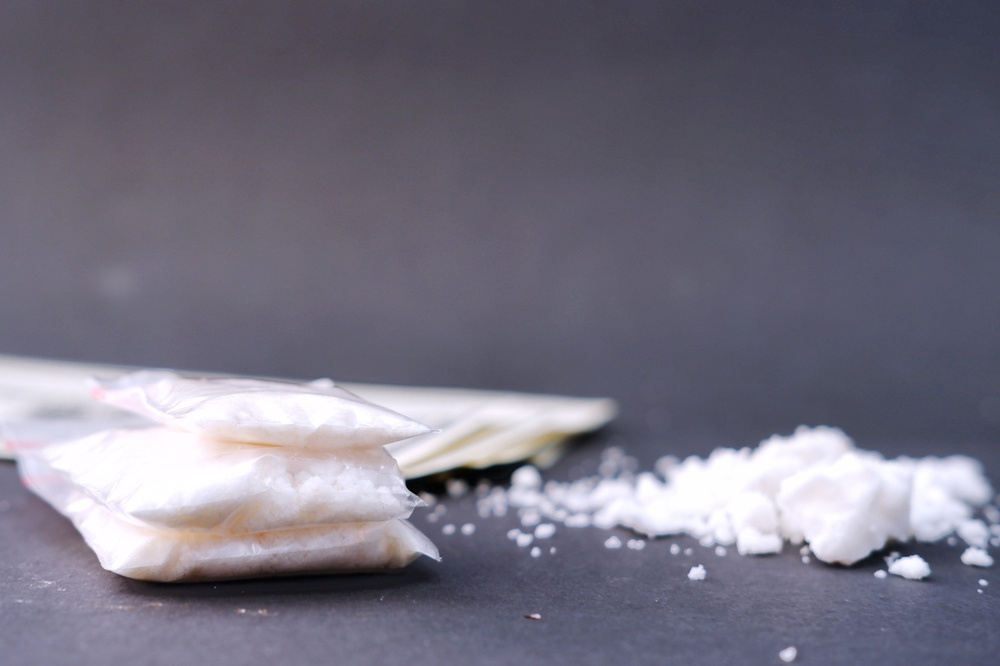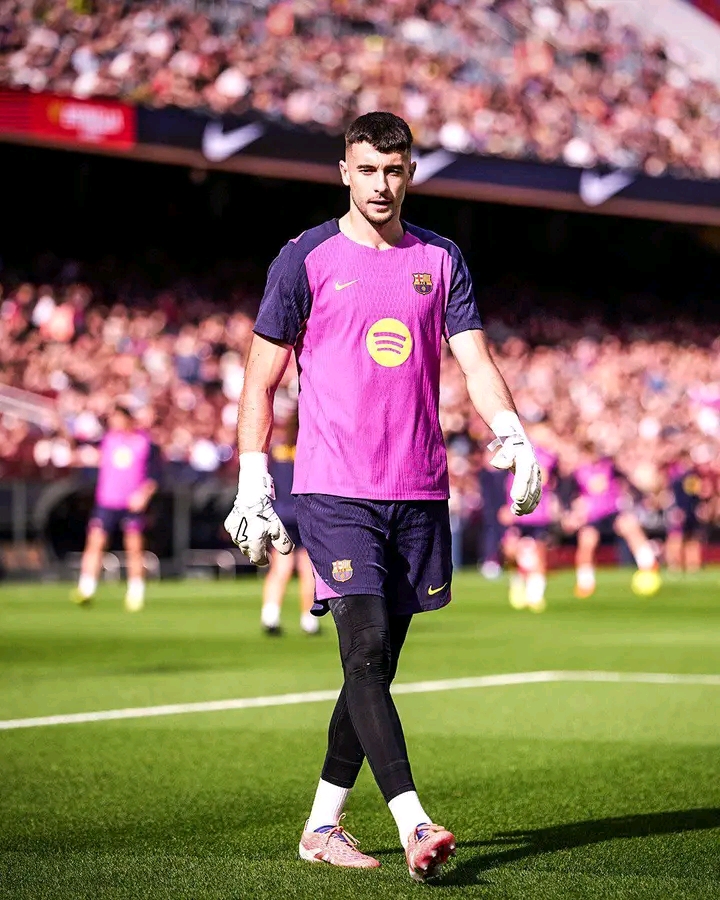Inside JKIA’s Alarming Rise in Narcotics Smuggling
A Gateway with a Growing Problem
At first glance, Jomo Kenyatta International Airport (JKIA) represents Kenya’s progress — gleaming terminals, busy travelers, and new routes linking Nairobi to global hubs.
But beneath this image lies a darker truth.
JKIA has quietly become a key stage for drug trafficking busts, revealing how international cartels exploit Kenya’s location and loopholes in airport security. From cocaine pellets swallowed by couriers to meth hidden inside candles, smugglers keep adapting — and insiders may be helping them.
“If traffickers are this confident, what does that say about our border security?” — Security Analyst, Nairobi
A Year of Alarming Seizures
Over the past year, Kenyan authorities have uncovered a string of high-profile drug smuggling attempts — each more creative than the last.
July 2025: Customs officers seized 46 kilograms of narcotics in two suitcases from Bangkok after scanners detected anomalies.
June 2025: Wendy Mbeke Muli, 26, was arrested after ingesting eight cocaine pellets weighing 626 grams.
May 2025: Caroline Wanjiku Mwangi was stopped before boarding a flight to India with 1.3 kilograms of cocaine hidden in handbags.
February 2025: DCI officers found amphetamines concealed in ten large candles at the DHL Cargo Shed. The parcel was en route to Australia.
Each case revealed a different smuggling method — body concealment, luggage, or air cargo — proving traffickers are learning faster than the system adapts.
Kenya’s Strategic but Risky Position
Kenya’s location makes it both a gateway and a target. Sandwiched between West Africa’s cocaine routes and South Asia’s heroin and meth corridors, it offers traffickers a perfect midpoint.
In the early 2000s, UNODC reports labeled Kenya a “conduit” for heroin entering East Africa by sea. Today, that trade has shifted to air routes, with JKIA and Moi International Airport (Mombasa) emerging as critical links.
“Kenya is strategically positioned — not by choice, but by geography. Our borders link both legitimate trade and organized crime.” — DCI Anti-Narcotics Division Officer
How Traffickers Exploit Loopholes
Even with advanced scanners and trained dogs, traffickers find cracks to slip through. Common tricks include:
Body concealment: swallowing pellets or inserting them into body cavities.
Cargo masking: hiding drugs in coffee, candles, or cosmetics.
Bribery: paying customs or security officers to ignore suspicious items.
Multi-leg routing: using Kenya as a “neutral” stopover to dodge detection in high-risk airports.
The Numbers Tell a Grim Story
Official figures reveal how serious the problem has become.
According to the Economic Survey 2024, Kenya’s total drug seizures rose from 14,259 kilograms in 2023 to 26,858 kilograms in 2024 — an 88% jump.
Meanwhile, the U.S. Narcotics Control Report (2025) noted 44 prosecutions and 21 convictions for drug trafficking in 2024 — up from just three the year before.
Progress? Yes. But the spike also means more attempts are slipping through.
Corruption: The Silent Catalyst
Corruption remains the biggest enabler of Kenya’s narcotics trade.
In August 2025, two Kenya Revenue Authority (KRA) officers were arrested for allegedly demanding a KSh 120,000 bribe from a traveler to release confiscated goods. Though unrelated to drugs, the case exposed a deep systemic problem.
Senator Boni Khalwale recently described JKIA’s security systems as “rotten and compromised,” claiming some officers “aid traffickers for the right price.”
“You can have the best scanners and sniffer dogs, but if one official is paid to look away, all that technology is useless.” — Former JKIA Security Supervisor
Lessons from the Region
Kenya isn’t alone in this fight.
In Nigeria, airports in Lagos and Abuja became major drug smuggling hubs, leading to the creation of dedicated narcotics courts.
In Tanzania, drug seizures at Julius Nyerere International Airport tripled in three years, forcing authorities to tighten staff vetting and cargo screening.
Kenya can learn from these examples — both in policy and in discipline.
Strengthening Defenses
There are signs of reform.
Joint intelligence operations now link the KRA, DCI, and Kenya Airports Authority (KAA).
New body scanners and chemical detectors have been deployed in cargo and passenger areas.
The Anti-Narcotics Unit (ANU) is monitoring courier companies and warehouses more closely — especially FedEx and DHL facilities.
Still, the challenge isn’t just about tech — it’s about integrity and coordination.
The Human Cost
Behind every bust is a personal tragedy.
Many couriers are young Kenyans in their 20s and 30s, tricked or desperate for cash. Some die mid-flight when drug pellets rupture inside them. Others end up serving long sentences in foreign prisons — forgotten by the cartels that used them.
So, Is Kenya the Easiest Route for Traffickers?
Not yet — but it’s dangerously close.
Kenya offers traffickers three key advantages:
- A strategic geography linking continents.
- Corruptible entry points at airports.
- Limited regional data-sharing, allowing syndicates to move undetected.
Unless the country seals these cracks, traffickers will keep testing its defenses.
A Battle of Integrity and Institutions
Kenya stands at a crossroads in the global war on drugs.
The fight isn’t only about arrests and scanners — it’s about building systems that can’t be bought.
The question now isn’t whether Kenya can stop traffickers.
It’s whether its institutions can resist the price of silence.


